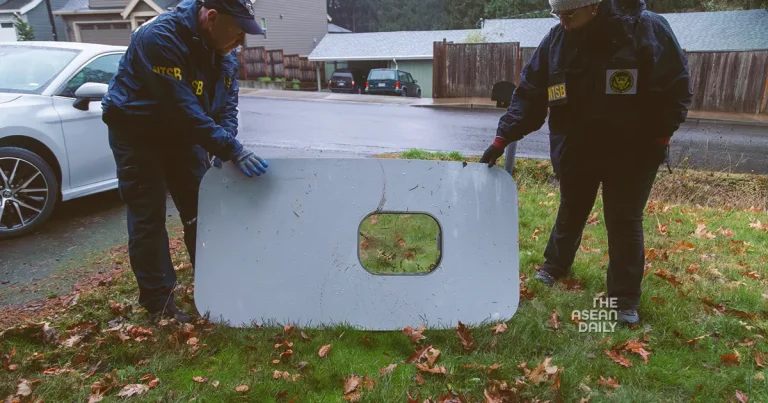7-3-2024 (WASHINGTON) In a response to mounting criticism and pressure from lawmakers and federal safety authorities during a Senate hearing, Boeing, headquartered in Renton, Washington, finally provided the National Transportation Safety Board (NTSB) with the names of employees associated with its 737 MAX door team on Wednesday (Mar 6).
The NTSB Chair, Jennifer Homendy, expressed disappointment earlier in the day, highlighting Boeing’s failure to supply the employee names and crucial records as part of the ongoing investigation into the mid-air cabin door plug emergency on an Alaska Airlines 737 MAX 9 that occurred on Jan 5.
During the Senate Commerce Committee hearing, Homendy emphasized the urgency of obtaining the names of the 25 individuals working on door plugs at Boeing’s Renton facility. She stated, “It is absurd that two months later we don’t have it,” revealing that the investigative team had initiated interviews on Sunday.
Boeing responded on Wednesday, stating that shortly after the incident, it had initially provided some employee names, including door specialists believed to possess relevant information. However, following Homendy’s criticisms, Boeing supplied the complete list of individuals on the 737 door team to the NTSB around 2 pm ET (1900 GMT).
“We have now provided the full list of individuals on the 737 door team, in response to a recent request,” Boeing said in a statement, adding, “if the door plug removal was undocumented there would be no documentation to share. We will continue to cooperate fully and transparently with the NTSB’s investigation.”
Prior to Boeing’s statement, Senate Commerce Committee Chair Maria Cantwell wrote a letter to Boeing’s CEO, Dave Calhoun, urging him to provide the NTSB with the employee names within 48 hours. Cantwell reiterated her intention to call Calhoun to testify at a future hearing, expressing her disappointment and stating, “We have an entire economy that depends on people getting this right.”
Homendy revealed that the NTSB had repeatedly sought documentation related to the door plug, including the opening and closing processes and the removal of key bolts. She also noted the unavailability of an interview with the manager of the door team, who has been on medical leave.
The NTSB plans to conduct a multiple-day investigative hearing into the MAX 9, likely in late summer, featuring testimonies from Boeing and fuselage manufacturer Spirit AeroSystems.
Boeing, grappling with increased scrutiny following the mid-air incident in January, has been working to explain and enhance safety procedures. Homendy clarified that inspections of other MAX 9 planes found no additional missing bolts.
While Homendy refrained from suggesting malfeasance on Boeing’s part, she emphasized the importance of interviewing employees to ensure safety. Senator Ted Cruz, the top Republican on the Commerce Committee, termed Boeing’s lack of full cooperation “utterly unacceptable” and requested an update from Homendy within a week.
Homendy also confirmed that the MAX 9 door plug had shifted during prior flights, citing markings on the door. There were 154 flights by the Alaska Airlines MAX 9 jet before the Jan 5 incident.
Federal Aviation Administrator Mike Whitaker insisted last week that Boeing must develop a comprehensive plan to address “systemic quality-control issues” within 90 days. An FAA audit found “non-compliance issues in Boeing’s manufacturing process control, parts handling and storage, and product control.”




